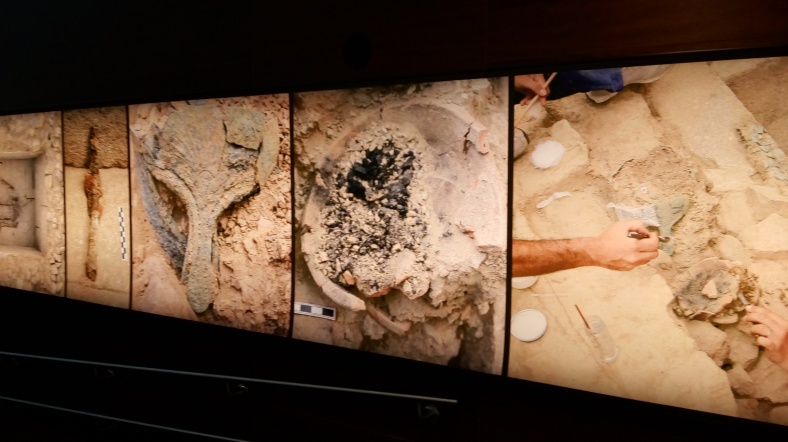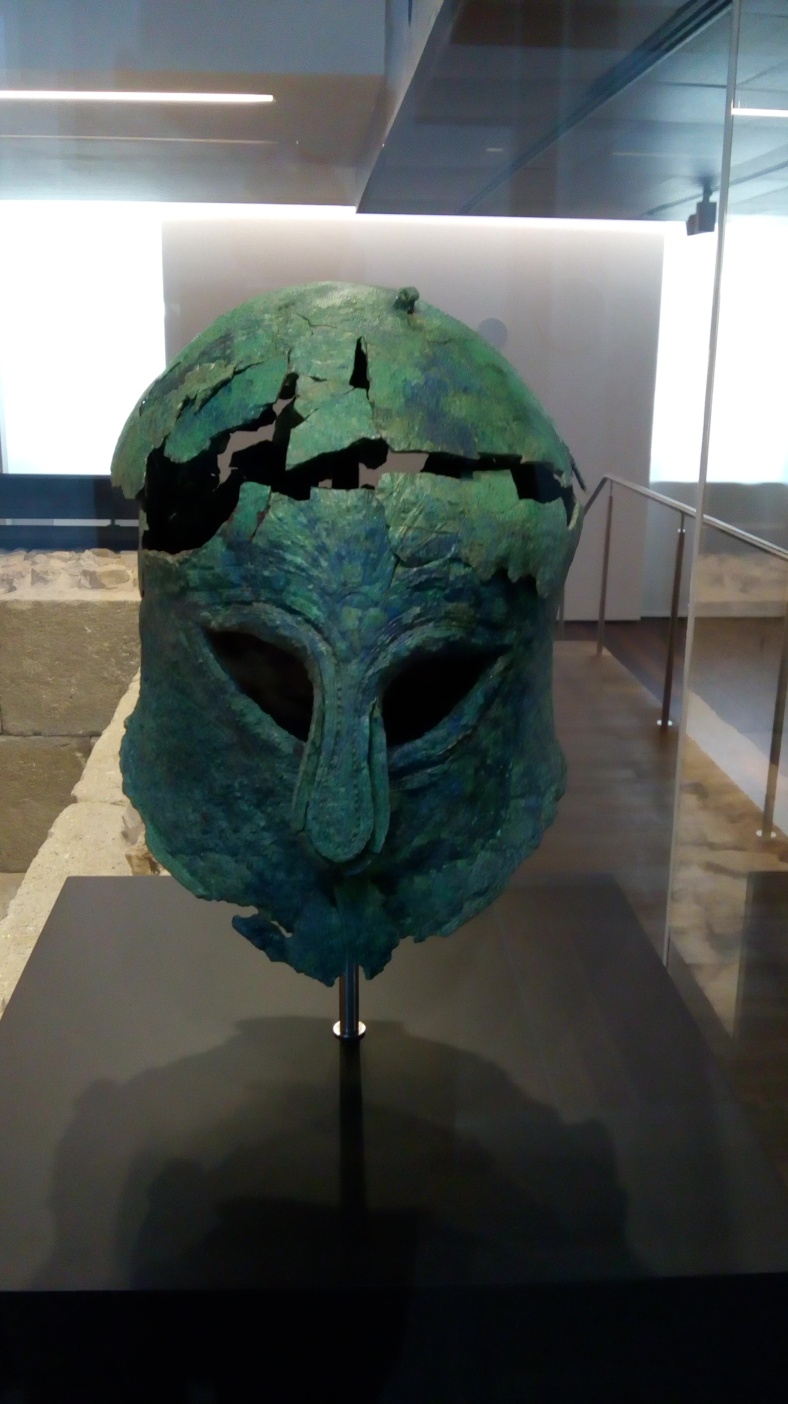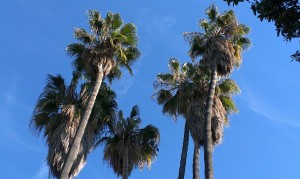
I’ll attempt to compile as much information as possible in this section about further reading, websites of interest, and general links to horticulture and local tourism . This section, as with the rest of this site, is a work in progress. I’ll keep adding new links as and when I find them, so please check for updates.
MALAGA TOURISM
As mentioned elsewhere in this blog, it’s worth starting off by stating that Malaga city has very much enjoyed a tourist boom over the past few years. The redevelopment of the Parque and the wholesale renovation of the harbour area have been followed by the opening of several famous name museums in the city, along with an artistic revamp of the “Soho” area to the south of the Alameda and the continuing pedestrianisation of the tourist centre. The further expansion of the local airport has obviously helped, but the growth in Malaga’s role as a Cruiseship port has also been a stunning success.
The city has transformed itself from a place that tourists used to bypass on their way to the Costa del Sol, into a leading European weekend and short break destination. Malaga’s Tourism office should take the plaudits for a number of promotional initiatives. There are many videos of the city available on the internet, and this recent one fronted by proud local resident (and Hollywood star) Antonio Banderas is amongst the finest. The spirit of pride in a hometown city really comes across…
“Somos Malaga.” (“We are Malaga.”)
HORTICULTURE BOOKS
Malaga city centre is great for bookshops, both modern and second hand. I think this is true of Spain in general. It’s an enjoyable experience discovering new shops down narrow side streets, and it’s here that I located some very useful source material. The one book I found to be essential in studying the flora and history of the Parque, and the fascinating topic of Malaga gardens was
Marfil, A.A. and Garretas, BD (1987) “El Parque de Malaga” Ayto. de Malaga.
However as this was a 1980’s publication it soon became outdated given the redevelopment of the area that has recently taken place. The latest (great) news is that in 2014 this book has just been updated and reproduced, by the same distinguished authors, and now serves as an essential guide to anyone needing in depth information on the Parque.
Marfil, A.A. and Garretas, BD (2014) “El Parque de Malaga. Un Ejemplo de Biodiversidad.”
Esirtu.
You should be able to find this in most local bookshops, depending on availabilty. Two other publications that are worth a look at in relation to the area, and to Malaga’s other parks include
Del Cañizo, Jose Antonio (1990) “Jardines de Malaga” Editorial Arguval.
Jose Antonio Del Cañizo is a respected local writer and has written widely on the subject.
Also, Ayora, A. Bueno, M. et al. (1988) “Flora Ornamental de Malaga – Guia de arboles y arbustos de las calles, plazas, parques y jardines de la ciudad e itinerarios” Editorial Arguval. Although now slightly dated it does include many useful plant profiles and colour photos, and certainly worth a look out for in second hand shops.
WEBSITES
The Mediterranean Garden Society (MGS) is a non-profit organisation set up in Greece in 1994 for the benefit of all those around the world – professional and amateur alike – interested in gardening in Mediterranean climates. It offers membership, but it also has an excellent website and forum which acts as a place for sharing and searching for information on a wide range of Mediterranean garden topics. The very experienced and horticulturally qualified members in the Society were certainly helpful in identifying some of the less obvious plants in the Parque. Have a look at their website and associated Facebook page through http://www.mediterraneangardensociety.org
Gardenvisit. This is a website with an ever-growing number of profiles of gardens around the world, many provided by tourists and visitors. I’ve added a brief profile of the Parque de Malaga to this site. Worth a look at http://www.gardenvisit.com
Palmasur. http://www.palmasur.com A company that specialises in palms, but this site does have a wealth of other information and interesting features on garden art and history.
LOCAL HORTICULTURAL TOURISM IDEAS
If you are visiting Malaga, even for a short break, there are several places of horticultural interest which can be visited – maybe alongside a trip to the Parque. I’ll add as many to this site as possible as I find them…..
El Jardin de la Concepcion. This is a “must see” place. An impressive hillside botanic garden, one of the best in Spain, a few miles outside Malaga city. For a long time it was a privately owned estate, acknowledged in its role for donating specimens to the original Parque de Malaga project over 100 years ago, but now it is run through Malaga Council, and by its members and supporters. It seems to be constantly under development and new sections appear every time one visits. The website contains lots of useful links http://www.amigosconcepcion.org .

Jardin botanico “La Concepcion”
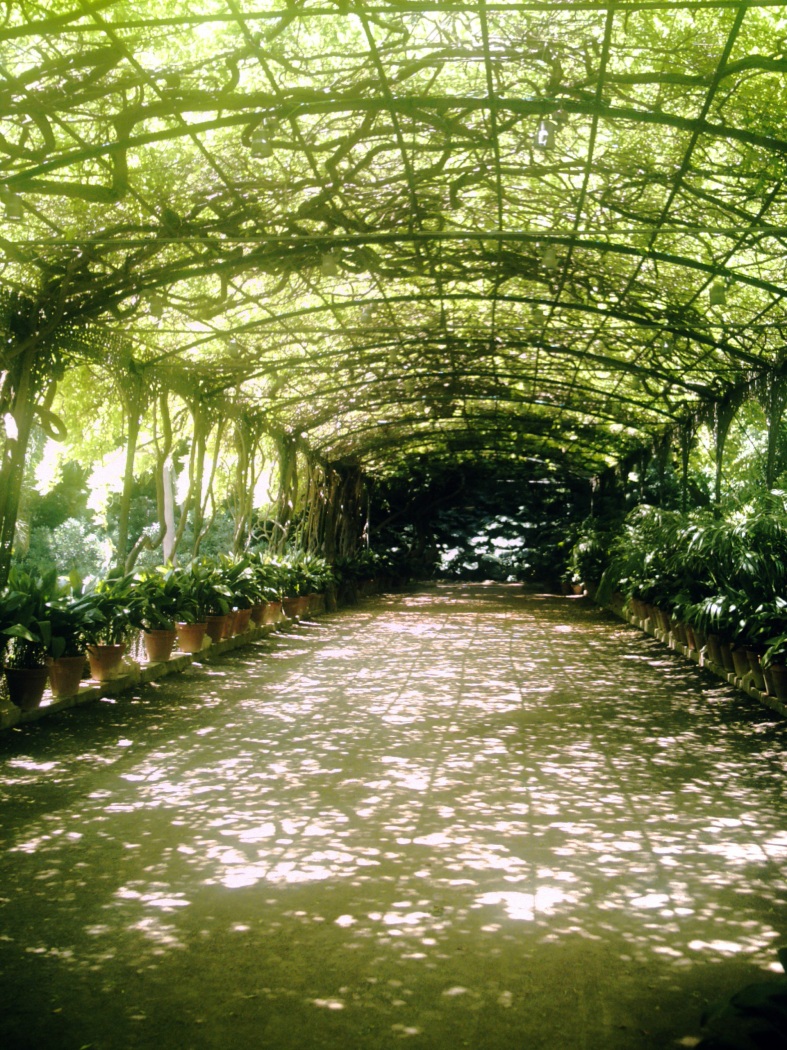
Malaga’s Jardin de la Concepcion, a few kilometres outside the city centre, but well worth a visit.
El Cementerio Ingles (The English Cemetery). An interesting bit of local history and situated just a few hundred metres from the eastern end of the Parque de Malaga. http://www.cementerioinglesmalaga.org Check the website for opening times.
The University of Malaga (UMA) Botanic Garden. This is actually a little known place – even to the tourism office ! (Or at least it was on my first visit in 2011 and, to be fair, it was a new place then). A total contrast to the “La Concepcion” garden in the hills above Malaga, this is located in the very urban setting of the UMA’s grounds just a short bus ride away from the city centre, but it is nonetheless a very neat, level, well designed and well laid out formal garden with some interesting specimens and seasonal displays. The beds are set out according to botanical families, with other themed or geographical-linked planted areas. Have a look at the website at http://www.jardinbotanico.uma.es

Museo de Malaga. If you’d like to get a real feel for the history of Malaga and the region, going back through the centuries to the times of the Romans, the Phoenicans and beyond, there’s no better place than the recently renovated Museo de Malaga.
To be found right next to the inner section of the Parque de Malaga, this imposing but beautiful building was once the Customs House (Palacio de la Aduana) to the city, situated as it was right next to the harbour before land reclamation to create the Parque began. (There’s a a wonderful black and white photo of it’s original position, inside the entrance area to the Museum). However the “neoclassico” style edifice which dates from 1788 has also served during it’s history as both a Tobacco Factory and as a Regional Government Office.
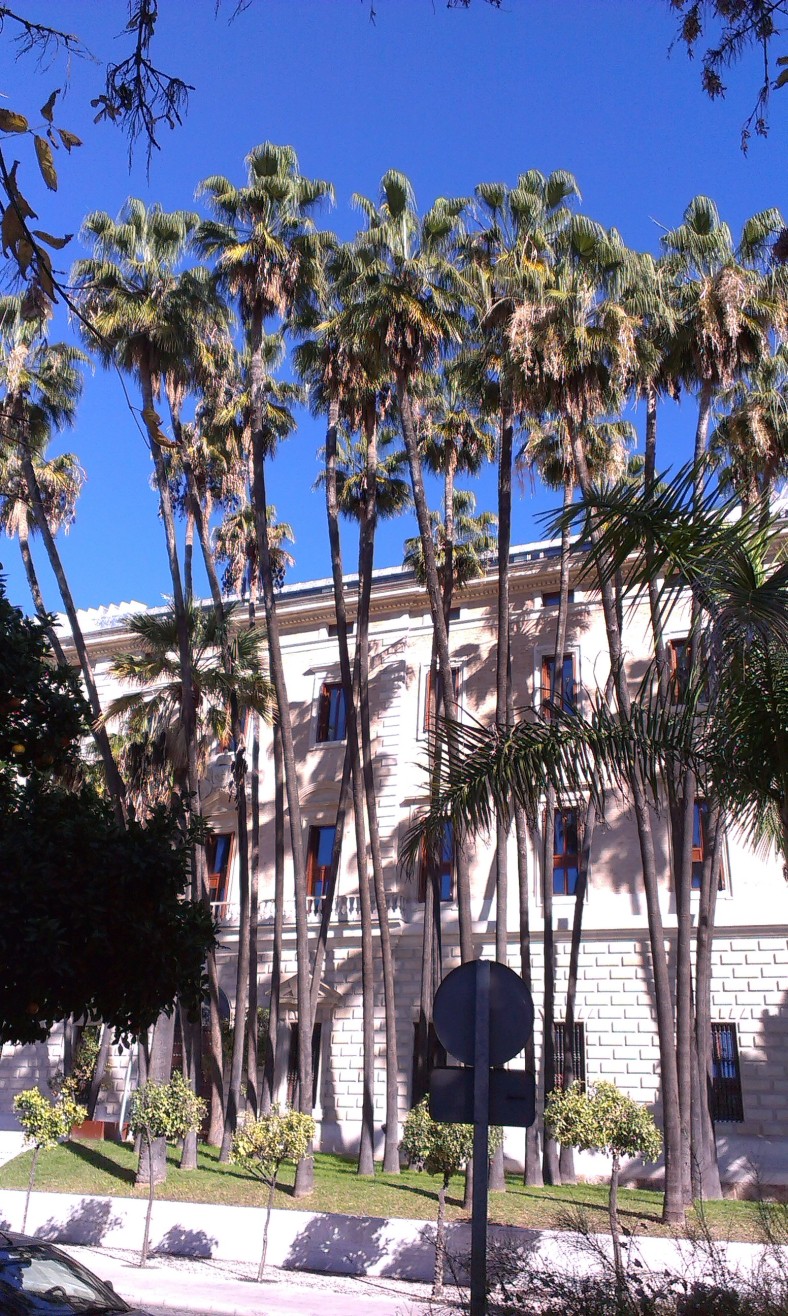
The building itself had undergone several years of renovations and finally became the latest addition to Malaga’s impressive list of 40 or so museums in 2016. Now home to the region’s Art & Archaeological collections, it is recognised as one of the biggest provincial museums in Andalucia and Spain.
The top floor Archaeology & History section includes an affectionate tribute to the Loring and Echevarria families who were so influential in the creation of the Jardin de la Concepcion in its early years from the 1850’s onwards, and subsequently in the formation of the Parque de Malaga.
The Museum is certainly not a static collection, as the never ending building work around Malaga is continously uncovering new historical artefacts. The discovery of the perfectly preserved skeleton of a Phoenican warrior in helmet and ceremonial gear in a grave right in the heart of the city centre is certainly a really impressive feature.
http://www.museosdeandalucia.es/web/museodemalaga
